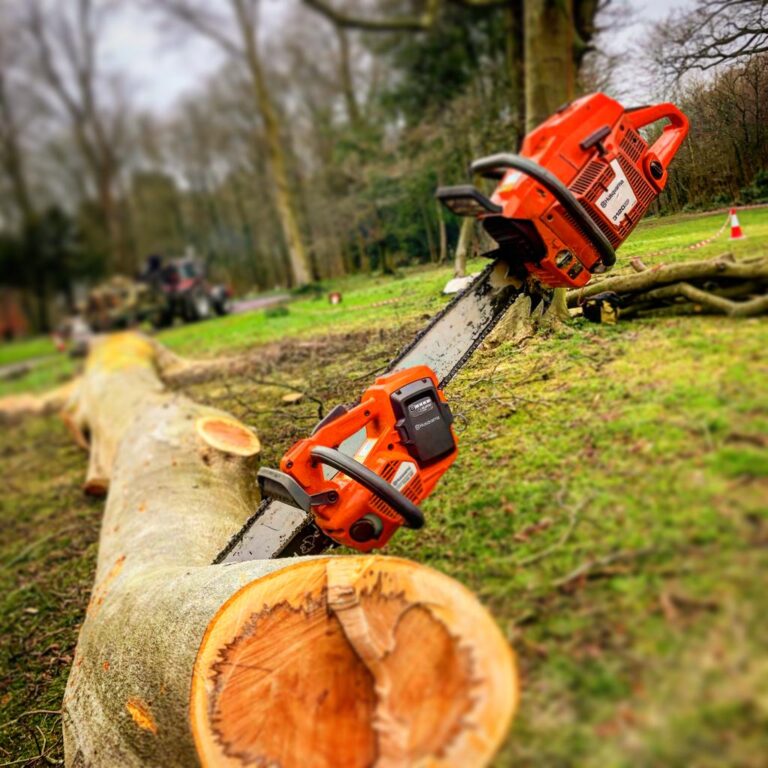What is tree pruning?
Tree pruning is a horticultural practice that involves selectively removing certain branches or parts of a tree to improve its overall health, appearance, and structural integrity. Pruning is typically done for both aesthetic and functional reasons, such as controlling the tree’s size, shape, and direction of growth, as well as enhancing its fruit production or promoting better flowering.
Tree pruning serves several purposes, including:
- Safety: Pruning helps eliminate dead, damaged, or weak branches that can pose a risk of falling, especially during storms or high winds. By removing these hazardous branches, the safety of people and property in the vicinity of the tree is improved.
- Health: Pruning can improve the overall health and vigor of a tree by removing diseased, infested, or decaying branches. It also facilitates better air circulation and sunlight penetration within the canopy, reducing the chances of fungal infections and promoting the tree’s ability to photosynthesize effectively.
- Structural Integrity: Proper pruning techniques can help shape the tree’s structure and strengthen weak or narrow branch attachments. This reduces the likelihood of branch failure and potential damage to the tree itself.
- Aesthetics: Pruning is often performed to enhance the visual appeal of trees and maintain their desired shape. This can involve trimming branches that are crossing, rubbing, or interfering with the tree’s natural form. Pruning can also help create a clearance for pedestrians, vehicles, buildings, or other structures.
When pruning a tree, it’s important to follow proper techniques and guidelines to minimize potential harm. Pruning cuts should be made just outside the branch collar (swollen area where the branch meets the trunk) to promote faster healing and reduce the risk of infection. For larger or more complex pruning jobs, it is advisable to hire professional arborists who have the knowledge, skills, and equipment to safely carry out the task.






